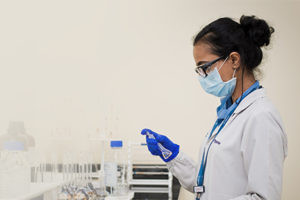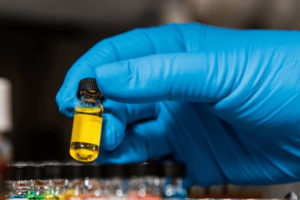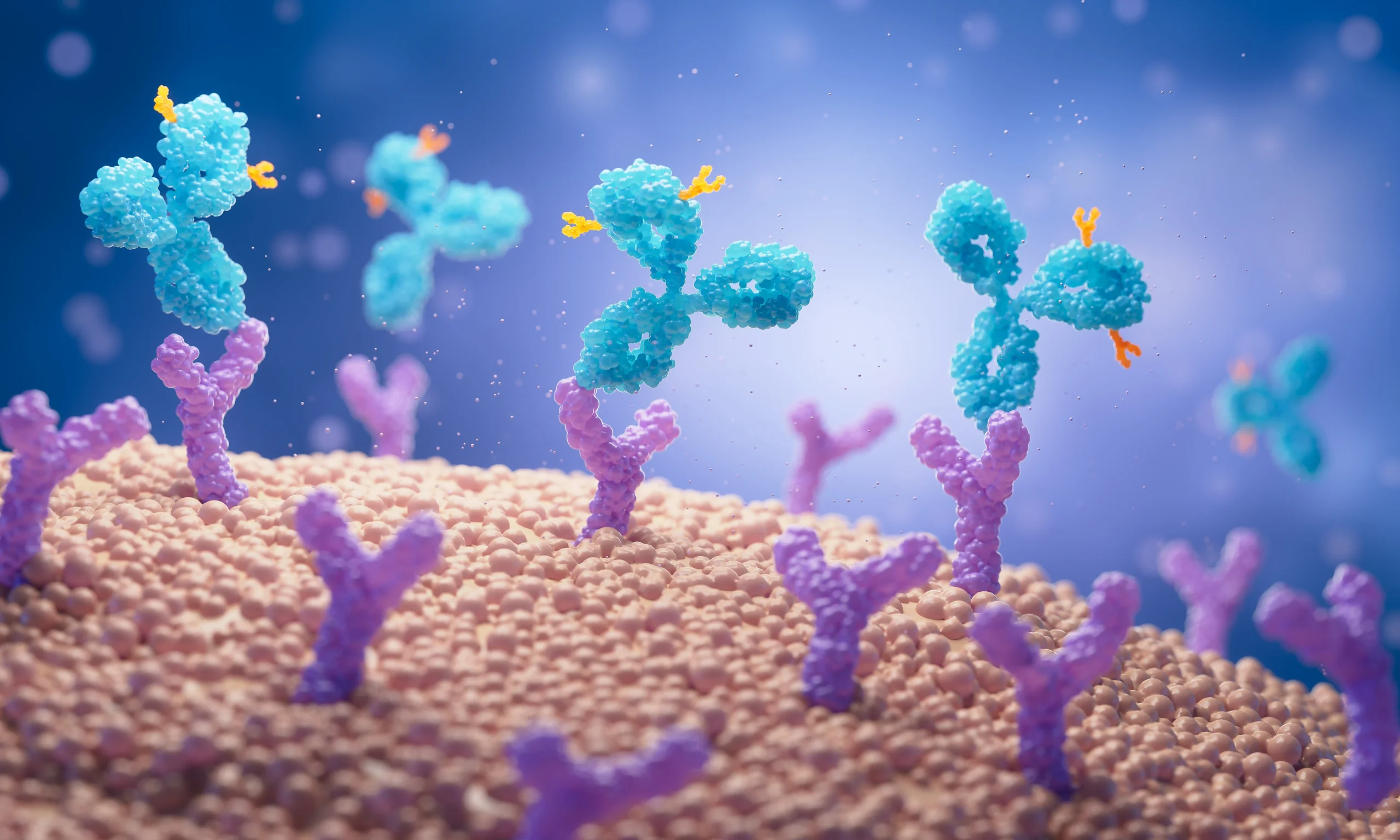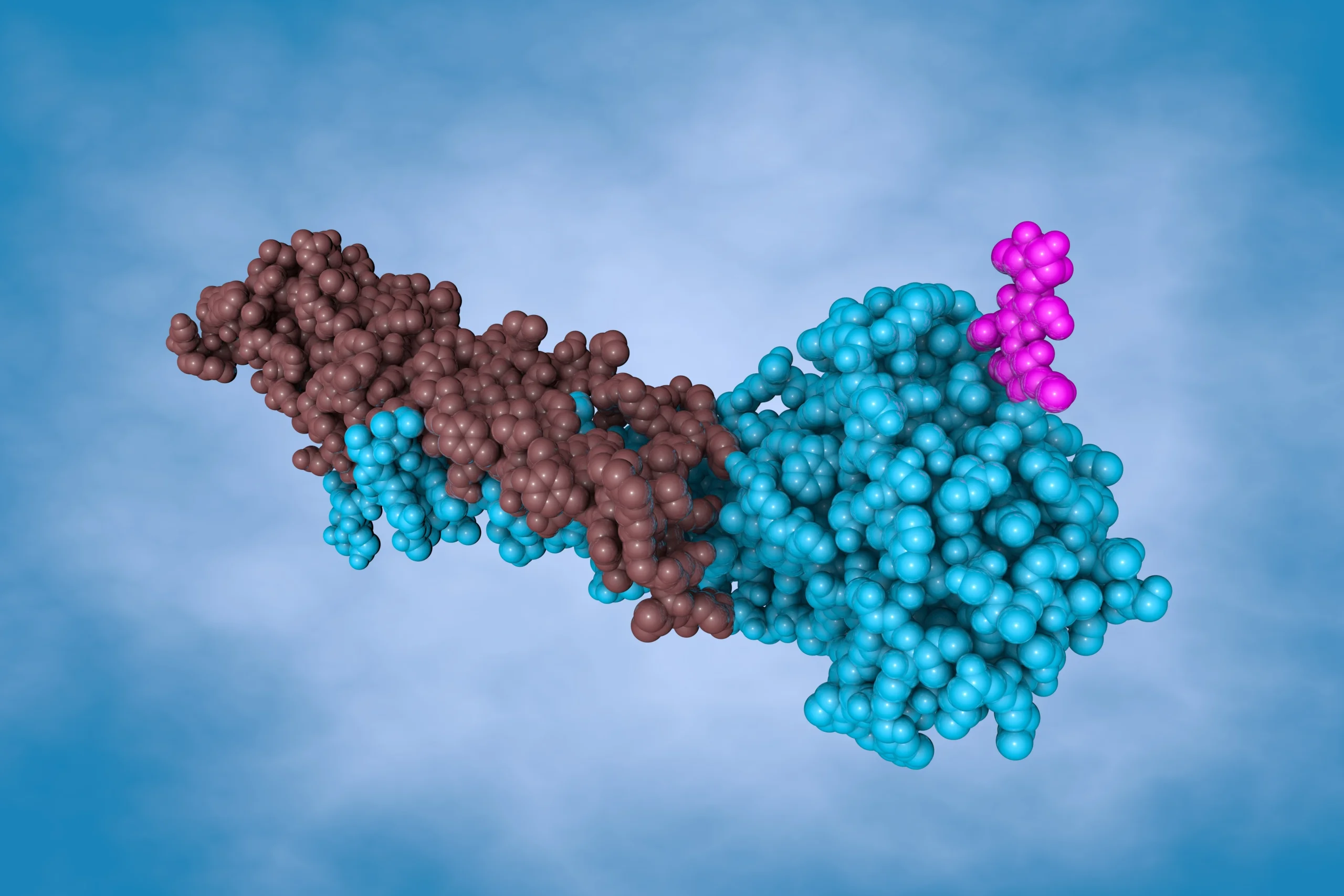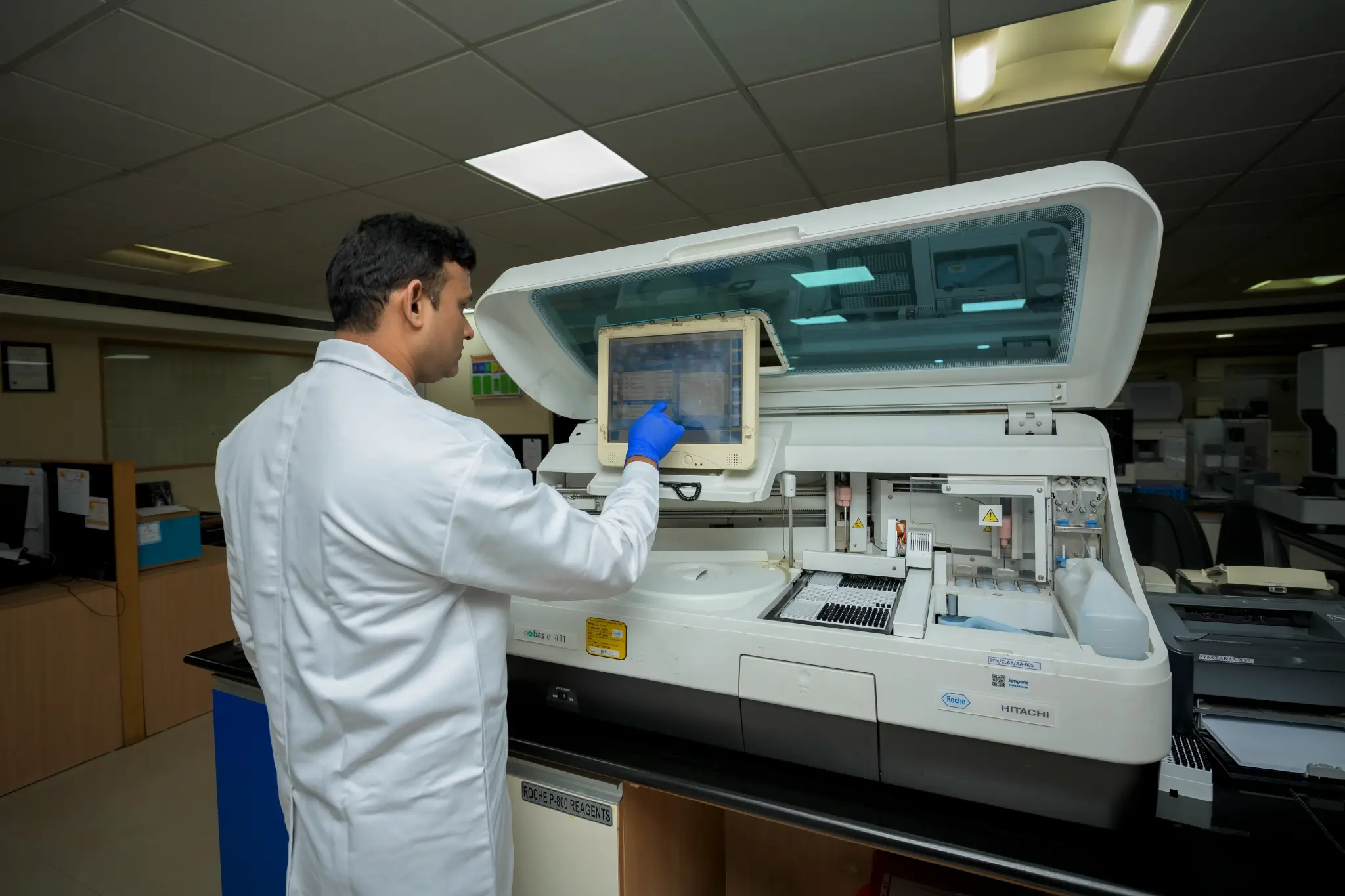Drug safety has always been the core of pharmaceutical innovation, safeguarding patients while ensuring responsible scientific progress. Yet, detecting toxicity early in the drug development process remains a persistent challenge, responsible for numerous setbacks and late-stage failures across the industry. Today, the emergence of computational toxicology is reshaping this landscape, bringing together artificial intelligence, data science, and molecular modeling to forecast toxic effects long before they reach animal studies or clinical trials. For biopharmaceutical companies, this move toward predictive modeling is more than just a technological shift—it is an evolution toward more ethical, efficient, and reliable decision-making.
Why computational toxicology matters
Traditional toxicology has depended heavily on in vivo and in vitro experiments. These methods are still crucial, but they demand significant time and resources and can involve ethical dilemmas regarding animal testing. However, computational toxicology provides a meaningful alternative, leveraging algorithms and machine learning to elucidate how chemicals interact with biological systems. By analyzing large volumes of data, researchers can quickly identify compounds with potential safety concerns before any physical experiments commence.
The current regulatory climate increasingly favors alternative methods, urging companies to embrace in silico tools as a bridge between exploratory research and regulatory approval. For global CROs and CDMOs—such as Syngene—this means that modeling and analytics can now be embedded throughout the discovery, development, and safety testing workflows, boosting both operational efficiency and regulatory compliance.
The shift toward predictive toxicology
At its core, predictive toxicology uses vast datasets such as previous experiments, molecular structures, genomic profiles, and extensive public databases, to train models. These models can identify toxicity patterns, from hepatotoxicity to cardiotoxicity and genotoxicity. When applied to novel molecules, these models provide rapid, actionable insights that enable researchers to refine compound designs before moving into expensive, time-consuming preclinical evaluations.
This predictive approach is important in fields like oncology, rare diseases, and immunology, where therapeutic safety margins are narrow and the journey to clinical trials is extremely complex. By reducing reliance on animal testing and improving compound selection at the outset, predictive toxicology supports both scientific advancement and ethical responsibility.
AI in Toxicology: A Paradigm Shift
Artificial intelligence now lies at the center of toxicology’s technological transformation; it turns static safety analyses into dynamic, predictive systems. Machine learning models not only process molecular fingerprints and biological pathways but also learn from both successful and adverse outcomes, continually refining their predictive power.
For example, neural networks can simulate metabolic breakdowns, anticipating whether a compound might generate harmful intermediates or metabolites. AI-powered read-across techniques further enhance safety by highlighting similarities between new drugs and known toxic chemicals. Notably, these computational tools are not meant to replace laboratory studies but to complement and strengthen the development of safer therapies from the earliest design stages.
Integrating in silico predictions into drug development
One of computational toxicology’s greatest strengths is its adaptability throughout the drug development cycle. During the discovery phase, models virtually screen thousands of molecular candidates, highlighting those that may interact adversely with key enzymes or cause unexpected side effects. As development progresses, real-world data from cellular and animal studies feeds back into prediction systems, increasing their accuracy and reliability.
This iterative learning process streamlines drug development, cutting costs and timelines while enhancing confidence in preclinical safety assessments. Used in tandem with traditional approaches, computational toxicology ensures only the safest and most promising compounds advance toward IND submission and clinical evaluation.
Regulatory acceptance and expectations
The global regulatory agencies such as the US FDA, EMA, and OECD have begun to incorporate computational toxicology into official risk assessment protocols. Tools like QSAR (Quantitative Structure–Activity Relationship) are now accepted for evaluating mutagenicity and carcinogenicity, demonstrating that computational methods are becoming fundamental to modern regulatory strategies.
However, regulators demand transparency and validation. Predictions must be explainable, backed by solid experimental evidence, and supported by robust collaboration between informatics, toxicology, and regulatory teams. A well-crafted predictive toxicology program can drive sustainability, reducing the need for duplicate animal studies and refining the scientific basis for drug safety decisions.
Applications across science and industry
Computational toxicology has wide-ranging applications beyond pharmaceuticals, including agrochemicals, cosmetics, and environmental health. Within drug discovery, its scope now ranges from small molecules to complex biologics and cell-based therapies. Advanced modeling techniques can simulate immune responses or cytokine storms, supporting biologic safety evaluations that previously relied exclusively on laboratory analysis.
At organizations like Syngene, these capabilities allow for integrated safety assessments, combining computational, in vitro, and in vivo data into a coherent, actionable narrative.
Challenges and future directions
Despite its promise, computational toxicology faces hurdles around data quality, model transparency, and regional relevance. Unreliable datasets or opaque, black-box algorithms risk producing misleading outcomes. Developing models that account for Indian and global toxicity profiles could yield predictions better suited for local populations and environments.
The future of drug safety lies in the seamless integration of computational and experimental insights. The next chapter of this field will involve hybrid modeling—integrating molecular simulations, multi-omics datasets, and clinical outcomes to predict toxicity across biological scales. Moving forward, success will depend on close collaboration between data scientists, toxicologists, and regulators to ensure models are robust, reliable, and universally accepted.



